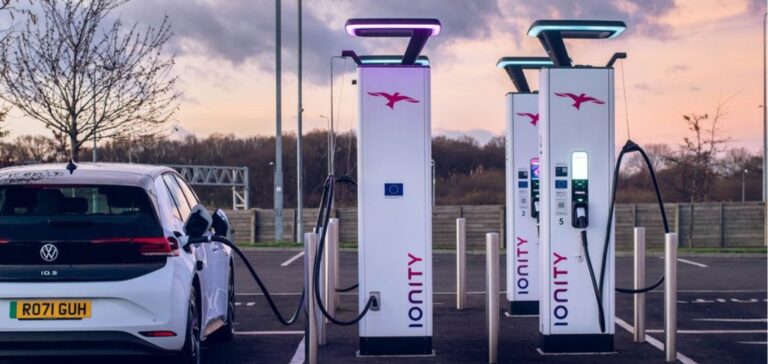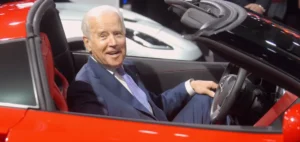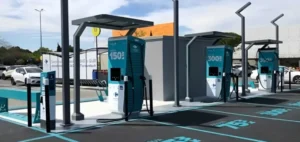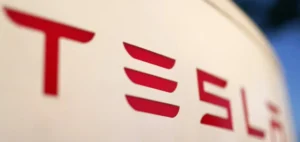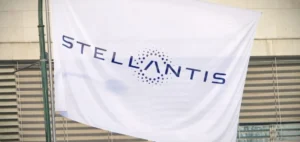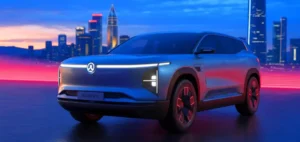Octopus Electroverse, the electric vehicle charging solution developed by Octopus Energy, is positioned as the largest EV charging network in Europe.
With access to 850,000 charging stations in 40 countries, the platform offers extensive coverage with no subscription or transaction fees, setting it apart in a market that is still fragmented.
By pooling the infrastructures of 950 operators, Electroverse aims to simplify the charging experience and standardize access costs for both business and private users.
The growth of the EV fleet and changing user expectations call for a simplified, transparent charging infrastructure.
In France, where nearly 170,000 charging stations are accessible via Electroverse, the platform ensures that around 90% of available charging points are available.
This interoperability makes it possible to bypass the logistical and pricing constraints imposed by more segmented networks.
Energy professionals are keeping a close eye on these developments, as they have a direct influence on the evolution of demand and investment in the sector.
Towards centralized management of energy costs
Electroverse integrates a unique approach by centralizing payments via a card and a mobile application available in several languages, thus reducing the barriers to EV adoption for corporate fleets and private individuals.
The application offers real-time management of charging points, associated costs and optimized itineraries, meeting the expectations of a market in search of intelligent solutions for managing energy costs.
Users of the platform, who are also Octopus Energy customers for their domestic electricity, will soon be able to consolidate their public recharging expenses with their monthly bills.
This centralized costing option gives companies greater visibility over their overall energy consumption, and simplifies the financial management of electric fleets.
This represents a significant advantage for professionals looking to rationalize their energy expenditure while benefiting from competitive pricing.
A booming electromobility market
The deployment of Electroverse is part of a wider dynamic of growth in the electric vehicle market in Europe.
EV sales have risen sharply, now accounting for over 20% of new vehicle registrations on the continent.
This context is prompting charging specialists to innovate and rapidly expand their range of services.
European regulations, such as AFIR (Alternative Fuels Infrastructure Regulation), are also promoting the interoperability of charging stations and stimulating the development of standardized infrastructures.
Companies like Octopus Energy that invest in charging infrastructures are benefiting from this market expansion.
However, they need to meet user requirements in terms of ease of use, cost transparency and service integration.
Electroverse, by partnering with various operators, is aligning itself with these needs while adapting to the regulatory and technological changes shaping the industry.
Innovation and integration strategy in the energy sector
Electroverse’s expansion reflects a strategy aimed at integrating charging solutions more closely with green electricity supply.
By investing in data management technologies via its Kraken platform, Octopus Energy seeks to optimize the efficiency of power grids while meeting the growing needs of EV drivers.
This approach could enable suppliers to offer dynamic, usage-based tariffs, thereby strengthening their market position.
Adapting to new European standards, managing peaks in energy demand and optimizing available resources are all challenges facing players in the sector.
Initiatives such as Electroverse show how a strategy of service integration and cooperation with diverse partners can help address these challenges.
Energy professionals and fleet managers are keeping a close eye on these innovations, as they could transform the business models of electric mobility.


